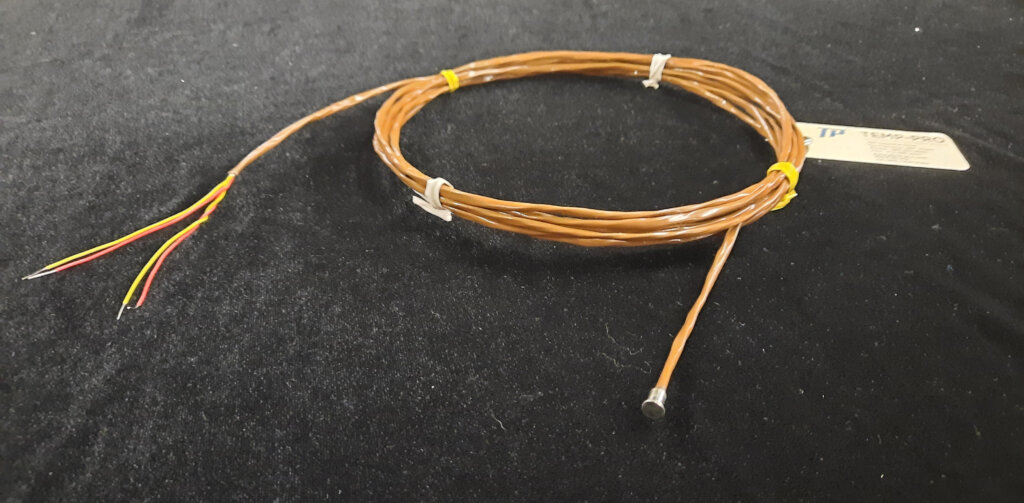Bearing temperature sensors are vital components in many industrial applications. They provide crucial temperature data, helping to prevent catastrophic equipment failures and ensuring machinery operates within optimal parameters. This comprehensive guide delves into the world of bearing temperature sensors, providing insights into their design, types, functions, and applications.
Understanding Bearings and Their Importance
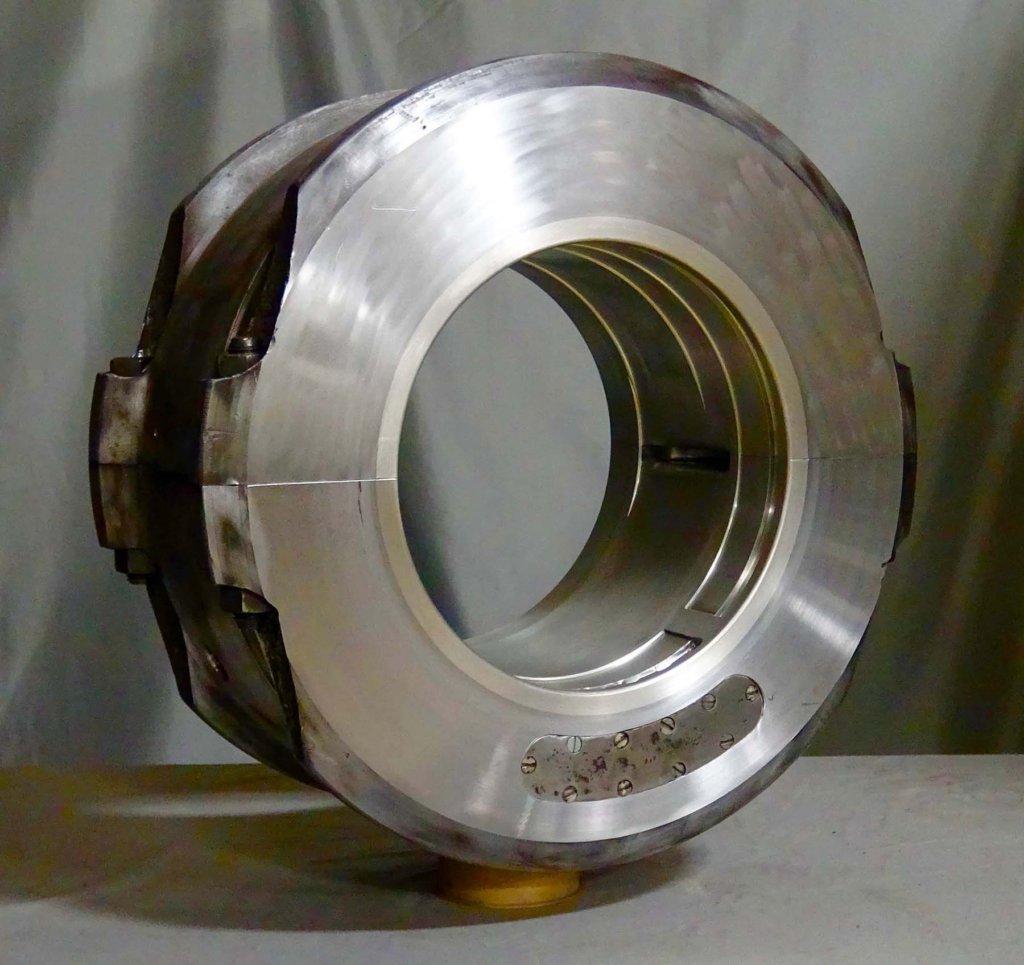 A bearing is a mechanical device that permits restricted relative motion between two components, typically facilitating rotation or linear movement. Bearings are classified according to the motions they allow and their principle of operation.
A bearing is a mechanical device that permits restricted relative motion between two components, typically facilitating rotation or linear movement. Bearings are classified according to the motions they allow and their principle of operation.
The primary function of a bearing is to support a rotating shaft, transmitting power from one end to the other. It provides stability and frictionless rotation. The bearing holds and guides the shaft, ensuring smooth and free motion, which ultimately conserves power.
The Necessity for Bearing Temperature Monitoring
Monitoring bearing temperature is crucial for maintaining the health and performance of industrial machinery. Temperature monitoring for bearings allows for real-time bearing temperature data, which can provide early warning of potential problems. Conditions that can cause high temperatures in bearings include misalignment, improper lubrication, and overloading.
High temperatures can lead to thermal expansion of the bearing components, increased friction, lubricant degradation, and ultimately, bearing failure. Therefore, a well-implemented bearing temperature monitoring system is essential in preventing costly downtime and equipment damage.
An Overview of Bearing Temperature Sensors
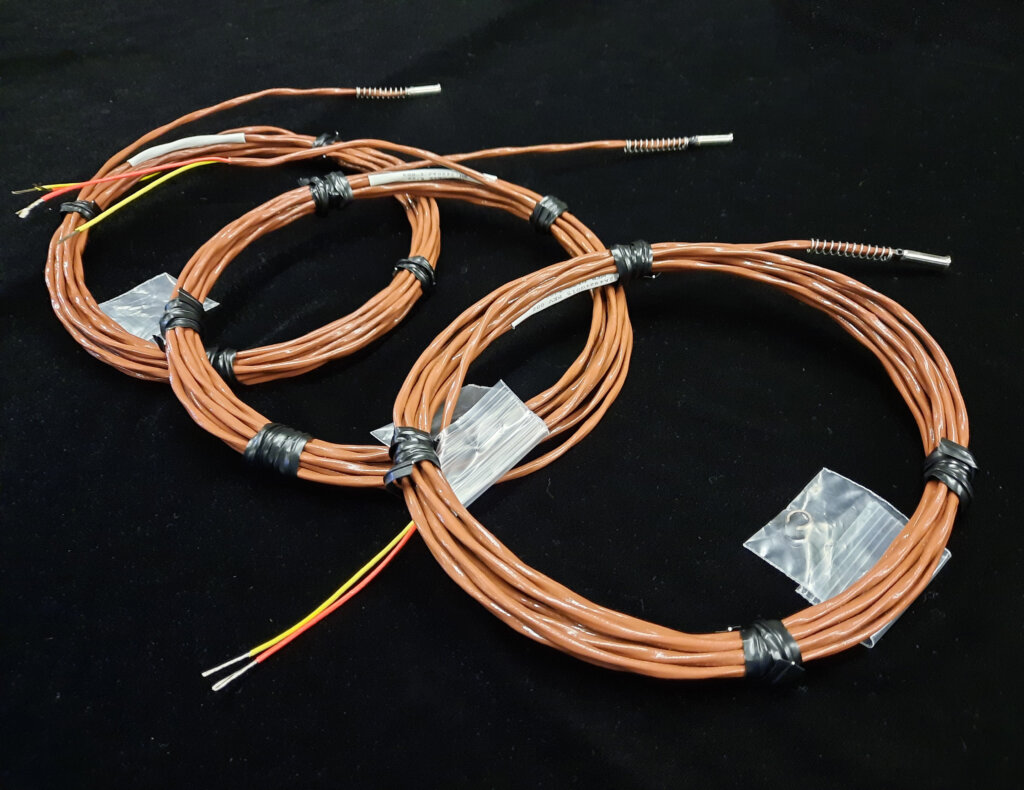 A bearing temperature sensor is a device embedded in or attached to a bearing to monitor its temperature continuously. These sensors provide precise bearing temperature measurements, enabling real-time monitoring and data logging. They are a critical component of any bearing health monitoring system.
A bearing temperature sensor is a device embedded in or attached to a bearing to monitor its temperature continuously. These sensors provide precise bearing temperature measurements, enabling real-time monitoring and data logging. They are a critical component of any bearing health monitoring system.
There are two primary types of bearing temperature sensors: the bearing RTD (Resistance Temperature Detector) and the bearing thermocouple. Both types serve the same function of monitoring bearing temperature, but they work on different principles and have unique characteristics.
Bearing RTDs
Bearing RTDs are precision sensors used to measure temperatures by correlating the resistance of the RTD element with temperature. They are known for their ability to provide very accurate temperature measurements over a wide range.
Bearing Thermocouples
On the other hand, bearing thermocouples are temperature sensors that work on the principle of the Seebeck effect. They generate a voltage that is proportional to the temperature difference between two different metal wires. Thermocouples are widely used for their durability, wide temperature range, and fast response time.
Classification of Bearing Temperature Sensors
Bearing temperature sensors come in several types, each designed for specific applications and operating conditions.
High-Temperature Bearing Sensors, Embedment Sensors or Miniature Bearing Temperature Sensors are typically used in rotating equipment and turbomachinery, these sensors provide critical temperature data indicative of bearing conditions. They help in timely machine shutdown and maintenance before catastrophic failures. These sensors offer a reliable, simple, and cost-effective method for monitoring bearing temperatures. They are small in size, making them ideal for applications where space is limited. These sensors are designed to withstand extremely high temperatures and are typically used in industries such as steel production, power generation, and petrochemicals.
Key Features of Bearing Temperature Sensors
Bearing temperature sensors offer several features that make them ideal for industrial applications:
Wide Temperature Range: Most bearing temperature sensors can monitor temperatures from as low as -50°C to as high as 260°C, making them suitable for various industrial applications.
Durable and Reliable: These sensors are designed to withstand harsh industrial environments. They are typically made of robust materials like 316 stainless steel, copper, nickel-plated copper, or tin-plated copper, ensuring their durability and reliability.
Precision Measurements: Bearing temperature sensors provide precise temperature readings, essential for maintaining optimal operating conditions and preventing overheating.
Easy Installation: Most bearing temperature sensors are easy to install and come with detailed instructions and necessary accessories. For instance, embedment sensors can be installed just below the babbitt layer, while spring-loaded sensors can be inserted into a milled hole with a retaining clip.
The Role of Bearing Temperature Sensors in Condition Monitoring
Bearing temperature sensors play a critical role in condition monitoring for bearings. They provide valuable temperature data that can help detect potential issues before they lead to failure. By monitoring changes in bearing temperature, maintenance teams can take proactive measures to prevent equipment breakdown and extend machinery lifespan.
For instance, a sudden increase in bearing temperature could indicate a lubrication problem or an overloaded condition. By detecting these issues early, maintenance teams can address them before they lead to catastrophic failure, saving time and resources.
Applications of Bearing Temperature Sensors
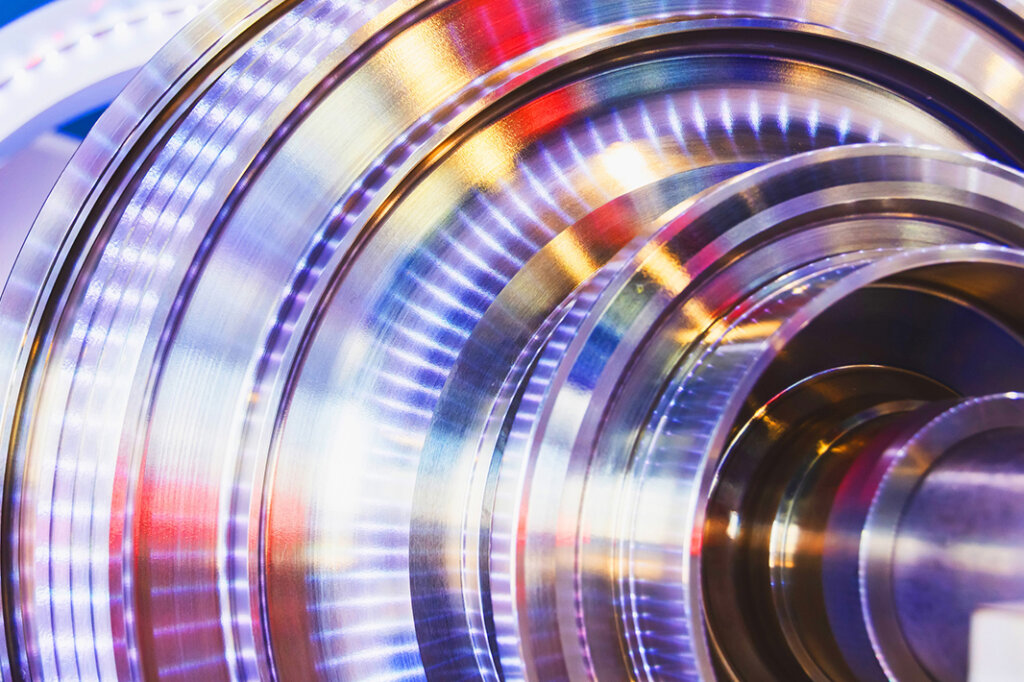 Bearing temperature sensors are used in a wide range of industries and applications. Some of these include:
Bearing temperature sensors are used in a wide range of industries and applications. Some of these include:
Power Generation: In power plants, bearing temperature sensors are used to monitor the temperature of bearings in pumps, turbines, and generators. They help prevent overheating, which can lead to equipment failure and downtime.
Mining: In the mining industry, these sensors are used to monitor the temperature of bearings in heavy-duty equipment like crushers, conveyors, and excavators.
Food and Beverage: In the food and beverage industry, bearing temperature sensors help ensure that machinery operates within safe temperature limits, maintaining product quality and safety.
Manufacturing: In various manufacturing processes, bearing temperature sensors are used to keep a check on the temperature of machinery components, ensuring optimal operation and preventing premature wear and tear.
Choosing the Right Bearing Temperature Sensor
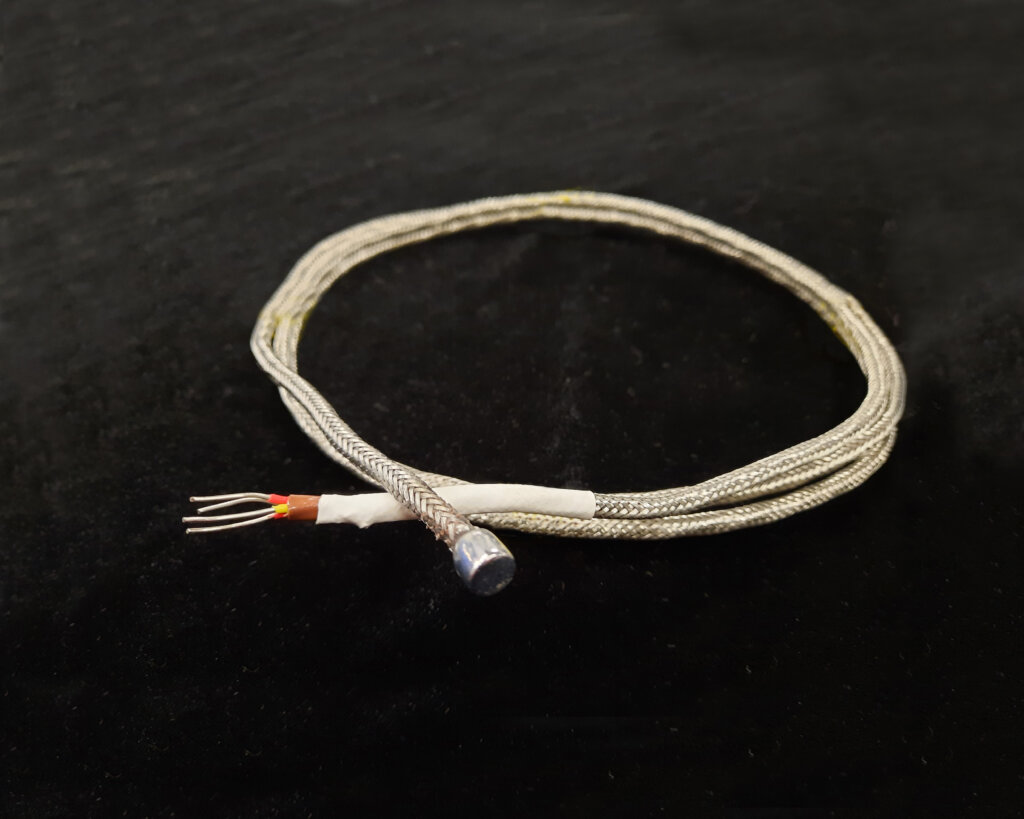 Choosing the right bearing sensor is crucial for effective monitoring and maintenance of rotating equipment. When choosing a bearing temperature sensor, several factors need to be considered when selecting a bearing sensor:
Choosing the right bearing sensor is crucial for effective monitoring and maintenance of rotating equipment. When choosing a bearing temperature sensor, several factors need to be considered when selecting a bearing sensor:
Compatibility: Ensure that the sensor is compatible with the type and size of the bearing you are monitoring. Consider factors such as bearing material, size, and mounting options. Look for sensors specifically designed for the type of bearing and application you have, whether it’s Thrust Bearings, Fluid Film Bearings, Tilting Pad Bearings, Ball Bearings, Roller Bearings, or other types.
Temperature range: Determine the temperature range that the sensor needs to measure. Bearings can operate at high temperatures in certain applications, so it is important to choose a sensor that can accurately measure within the expected temperature range. Consider whether the sensor is suitable for continuous monitoring or if it can withstand occasional spikes in temperature.
Mounting options: Evaluate the mounting options available for the bearing sensor. Some sensors are designed for direct attachment to the bearing housing, while others may require additional accessories or modifications. Consider the ease of installation and compatibility with the equipment.
Reliability and durability: Choose a bearing sensor that is built to withstand the harsh operating conditions typically found in industrial environments. Temp-Pro’s sensors are custom manufactured with robust construction, suitable sealing, and protection against dust, moisture, and vibration.
The team of experts at Temp-Pro can assist you in choosing the right bearing sensor that meets your specific application requirements and helps optimize equipment performance, prevent failures, and extend bearing life.
For over 50 years, we have been building partnerships. Your success is our ultimate goal, and customization plays a vital role in achieving that. Contact us today at (800)-991-9093 to request a quote and let’s embark on a journey to create the perfect temperature measurement solution that’s uniquely yours.
Nicole Chotain is a passionate marketing and sales specialist in the temperature sensor industry who finds it incredibly fulfilling to be involved in marketing and selling crucial components used in power generation and renewable energy. She takes great joy in creating remarkable campaigns, forging meaningful connections between Temp-Pro and its customers, and driving the growth of the brand.

